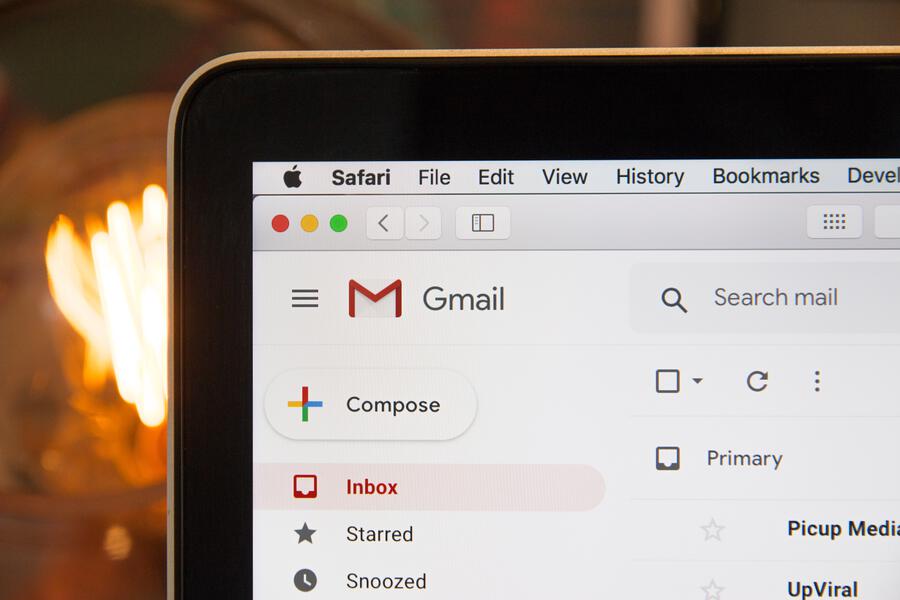

Intune makes it easier to package and deploy Chrome browser to endpoints. When you sign in with your Google account, all of your bookmarks, history, passwords, and other settings will be automatically loaded, so you can get the same Chrome experience every time you log in.In this article, I will show you how to deploy Google Chrome using Intune (a.k.a.Select the profile you’d like to switch to.In Chrome menu, click on the People menu.To modify avatar and change name, under the People menu, click Edit….Sign into the associated Google account that you want to tie to this profile.r.In Chrome menu, under the People menu, click Add person….Keep in mind that anyone using Chrome can switch to any other profile that’s signed in, so only share your device with people you trust. You can multiple “online” identities (Google accounts, Dropbox accounts, etc.).This will ensure that some sensitive data (from cookies, browsing history, etc.) is not leaked between your customers. If you are MSP (Managed Service Provider), then it is wise to have a dedicated Google Chrome Profiles for each of your clients when trying to login to their servers.

So you will have profiles like “mom”, “dad”, etc.

You are assistant and you need to log into your’s boss account.In this case, it is very important to create a separate Google Chrome profile for each of your users (the other approach is to *always* use Gmail Chrome incognito window) You are an IT manager or IT admin and you need to log into end-user accounts (i.e., their Gmail account).You need to have clearly separate your “work” from your “personal” online identity (also called online persona).They’re very useful in the following cases: Chrome profiles are a great way to keep separate sets of bookmarks, cookies, themes, and settings.


 0 kommentar(er)
0 kommentar(er)
